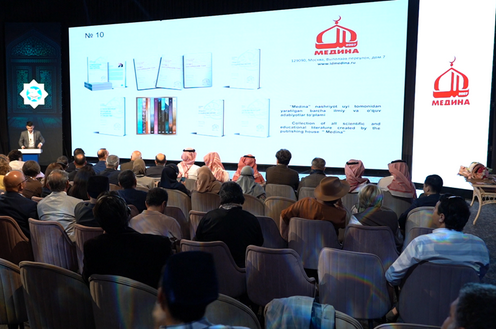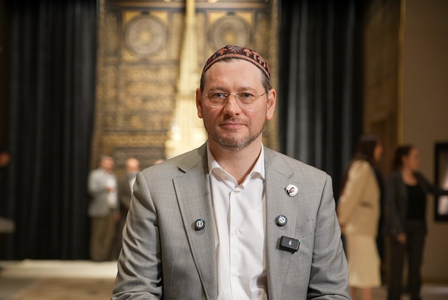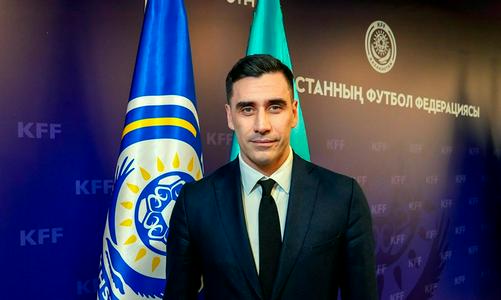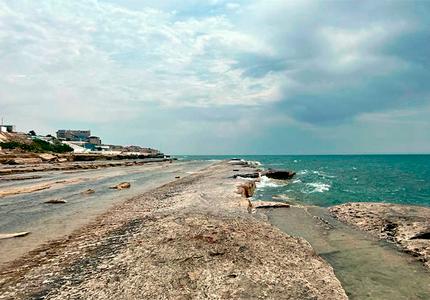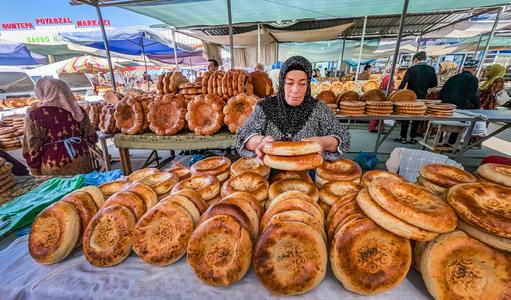The Russian publishing house Medina has donated a set of books to the Center for Islamic Civilization in Uzbekistan, including a copy of one of the first printed Qurans, according to the Center’s press service.
This edition was printed by Muslims in 1787 in St. Petersburg, at the court of Catherine II. It is considered one of the earliest full-format printed mushafs. The text was composed using a specially cast metal typeface, and the Tatar scholar and calligrapher Usman (Mulla) Ismail was invited to participate in the work. The initial print run is estimated at about 1,200 copies, with several reprints before the end of the eighteenth century.
These editions marked a milestone in the history of Islamic printing and anticipated the “Kazan” tradition of mass publications in the nineteenth century. The 1787 Quran is regarded either as the first edition “printed under Muslim supervision” or as a precursor to Muslim-printed editions of the early nineteenth century.
The gift was presented in Tashkent during the international forum “The Great Heritage of the Past — the Foundation of an Enlightened Future.”
“It is a great honor for us to present such a collection to the Center for Islamic Civilization. Through this gift, we aim to strengthen scholarly and educational cooperation and to help transmit historical heritage to the younger generation through the Center’s work,” said Ilyas Saduri, head of the Medina publishing house.
The forum “The Great Heritage of the Past — the Foundation of an Enlightened Future” was organized at the initiative of Shavkat Mirziyoyev. More than 200 scholars and experts from over 20 countries took part, including representatives of national and international organizations such as TÜRKSOY, ISESCO, IRCICA, and Al-Furqan.
The Center for Islamic Civilization was built in the capital of Uzbekistan near the Hast-Imam complex. The building, designed in the style of medieval architectural monuments, features four portals each 34 meters high and a central dome rising to 65 meters. It houses a Quran Hall, a 460-seat conference hall, and a museum whose exhibitions trace the history of Uzbekistan from pre-Islamic times to the present. The Center aims to become a platform for studying and reinterpreting the heritage of the ancestors in cooperation with the International Islamic Academy of Uzbekistan and academic and educational institutions worldwide.
